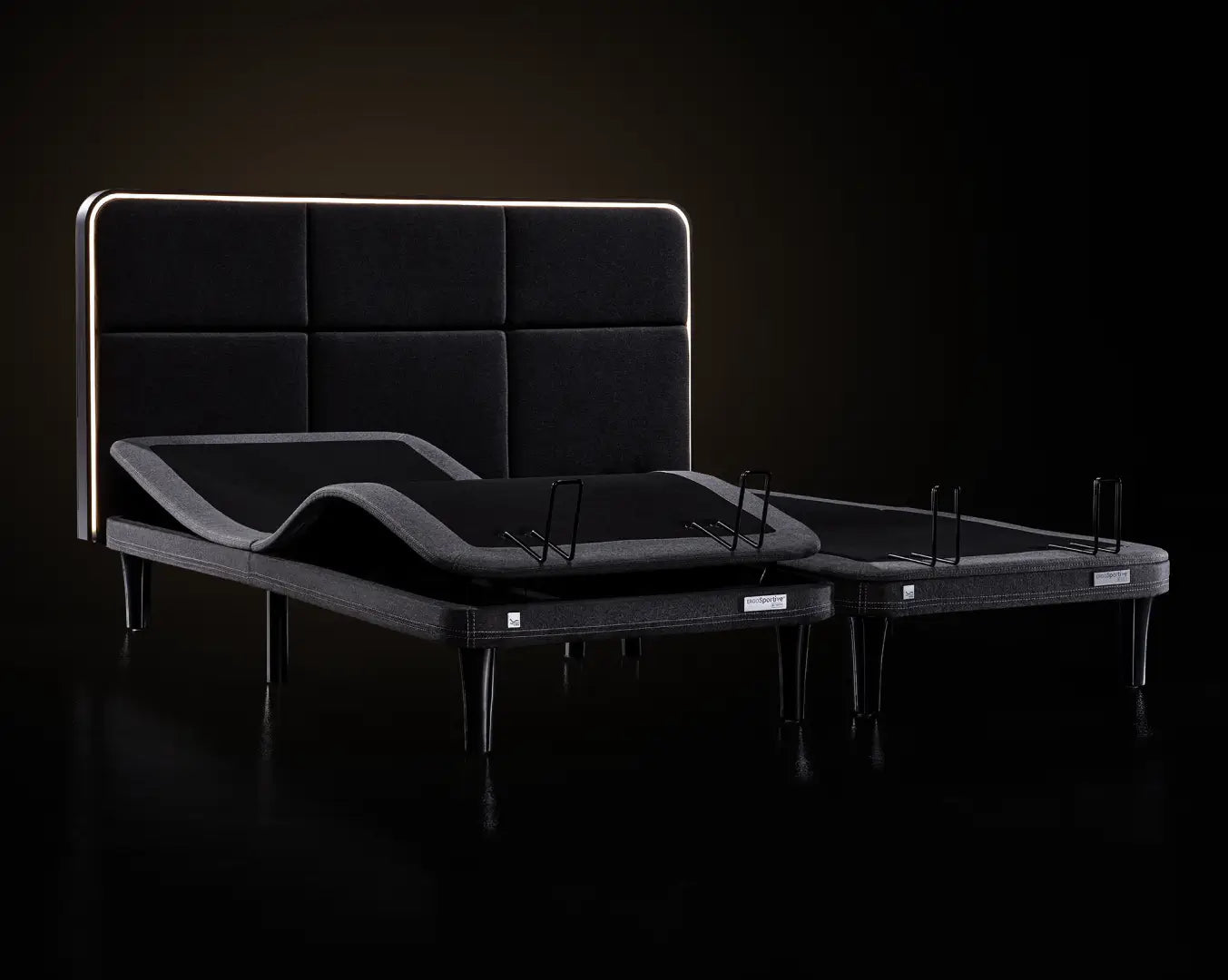Tabakkonsum wird mit verschiedenen Gesundheitsproblemen in Verbindung gebracht, darunter Schlafapnoe – eine häufige Schlafstörung, von der Millionen Menschen weltweit betroffen sind. Indem wir den Zusammenhang zwischen Rauchen und beeinträchtigter Atem- und Schlaffunktion betonen, können wir Einzelpersonen aufklären und ihnen helfen, die erheblichen Risiken zu verstehen, denen sie durch das fortgesetzte Rauchen ausgesetzt sind.
Was ist Schlafapnoe und warum ist sie wichtig?
Schlafapnoe ist eine häufige Schlafstörung, von der weltweit Millionen Menschen betroffen sind und die durch unterbrochene Atemmuster während des Schlafs gekennzeichnet ist. Es gibt einige Arten von Schlafapnoe, die häufigste ist die obstruktive Schlafapnoe (OSA). Sie können an OSA leiden, wenn Sie eines oder mehrere der folgenden Symptome haben:
- Lautes Schnarchen
- Plötzliche und wiederholte Episoden von Atemaussetzern, gefolgt von Schnauben oder Keuchen
- Aufwachen mit trockenem Mund
- Schlaflosigkeit
- Reizbarkeit
- Aufmerksamkeitsdefizit im Wachzustand
Bei einem gesunden Menschen sollte der Luftdurchgang durch Nase und Mund in die Lunge auch im Schlaf ungehindert sein. Bei Schlafapnoe kommt es jedoch immer wieder zu Störungen des normalen Luftstroms, was zu vorübergehenden Atemaussetzern führt. Dies kann zu einem verringerten Sauerstoffgehalt im Blut führen, was zu erhöhten Stresshormonspiegeln, abnormaler Herzfrequenz und Blutdruck führen kann. Die Dauerbelastung des Herz-Kreislauf-Systems durch Schlafapnoe kann im Laufe der Zeit zu Herzversagen, Herzinfarkt oder Schlaganfall führen.
Schlafapnoe ist eine Erkrankung, die auch für ihre gefährlichen Auswirkungen auf eheliche Beziehungen bekannt ist. Der schlafende Partner erträgt während des Schlafs häufig längere Wachphasen, was die Erholung des eigenen Schlafes beeinträchtigt und den Stresspegel erhöht. Infolgedessen kann es tagsüber zu Reizbarkeit kommen, die möglicherweise die Beziehungsdynamik beeinträchtigt.
Der Zusammenhang zwischen Schlafapnoe und Tabak
Es wurde festgestellt, dass Rauchen die Hauptursache für Atemaussetzer im Schlaf ist, die sogar zu Apnoe-Episoden führen können. Die Auswirkungen des Rauchens auf die Schlafqualität zeigen sich auf drei verschiedene Arten:
- Inhalierter Rauch löst eine entzündliche Reaktion der Muskeln in den oberen Atemwegen aus, wodurch diese anschwellen und der Luftdurchgang zur Lunge blockiert wird.
- Nikotin entspannt die Muskeln in den oberen Atemwegen, was die Wahrscheinlichkeit erhöht, dass es den Luftstrom blockiert.
- Nikotin beeinflusst auch die Einschlaffähigkeit, da es stimulierend wirkt. Dies ist eine weitere Möglichkeit, wie Rauchen unsere Schlafqualität beeinträchtigen kann.
Rauchen ist auch für seine Auswirkungen auf andere Gesundheitsbereiche bekannt, darunter Fettleibigkeit, Bluthochdruck und Herz-Kreislauf-Erkrankungen, die alle indirekt zur Entstehung und Verschlechterung von Schlafapnoe beitragen können.
Mit dem Rauchen aufzuhören mag ein herausfordernder Weg sein, aber es stehen zahlreiche Ressourcen zur Verfügung, um Einzelpersonen bei der Erreichung ihres Ziels zu unterstützen, darunter Nikotinersatztherapie, Beratung und Selbsthilfegruppen. Der erste Schritt zur Raucherentwöhnung kann zu einer deutlichen Verbesserung der Atem- und Schlafgesundheit sowie des allgemeinen Wohlbefindens führen.
Anti-Schnarch-System Fortschrittliche Schlaf-Tracking-Technologie für bessere Schlafgewohnheiten
Schlafapnoe kann verschiedene Symptome wie morgendliche Kopfschmerzen und Stimmungsschwankungen verursachen. Es wirkt sich körperlich, geistig und emotional auf eine Person aus. Glücklicherweise gibt es verschiedene nichtmedizinische Ansätze zur Vorbeugung von Schlafapnoe, darunter die verstellbaren Betten von Ergomotion®.
Tdas ErgoSportive™ Smart Bed Das Anti-Schnarch-Interventionssystem erkennt, wenn der Benutzer schnarcht, und hebt das Kopfende des Bettes während des Schlafs automatisch um 15° an. Durch eine leicht angehobene Kopfhaltung werden die Atemwege geöffnet und die Intensität und Häufigkeit von Schnarchen und Apnoe-Episoden verringert. Nachdem die Schnarchepisode behoben ist, kehrt das Bett automatisch in seine ursprüngliche Position zurück. Das Bett ist so eingestellt, dass es den Kopf mit etwa der halben normalen Geschwindigkeit hebt und senkt, wodurch verhindert wird, dass der Benutzer während der automatischen Anpassungen aufwacht. Die Schnarcherkennung erfolgt ausschließlich über Nicht-Audio-Kanäle. Die Sensoren am Rahmen erfassen selbst schwache Vibrationen, Herzfrequenzschwankungen und Atemfrequenzschwankungen, um festzustellen, wann der Benutzer eine Schnarch- oder Apnoe-Episode verspürt.
Durch das ErgoSportive™ AppBenutzer können die Empfindlichkeit des Schnarch-Interventionssystems anpassen und den Auslöser auf eine kleinere oder größere Häufigkeit von Schnarchepisoden einstellen. Es wird Ihre Erfahrung mit der Überwachung rund um die Uhr revolutionieren und Ihnen Atem- und Herzfrequenzberichte, Tief- und Leichtschlafzeiten, Anti-Schnarch-Kontrolle und andere wichtige biometrische Daten liefern.
Die Erhaltung Ihrer Gesundheit war noch nie einfacher. Verbessern Sie Ihren Lebensstil mit Ergomotion® Plus.



